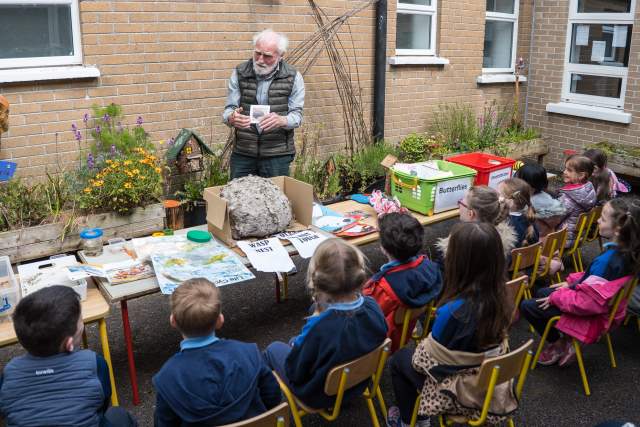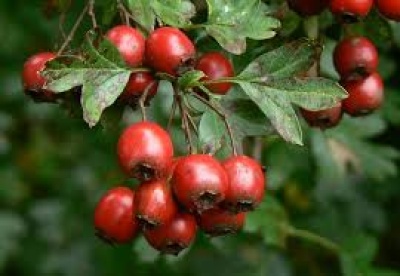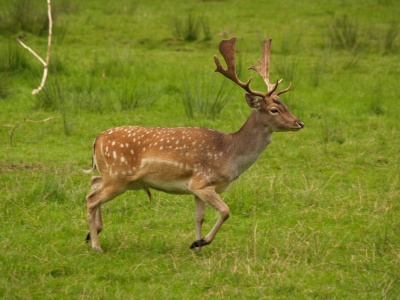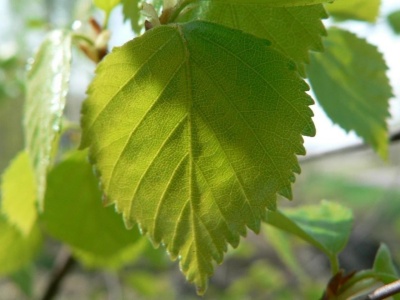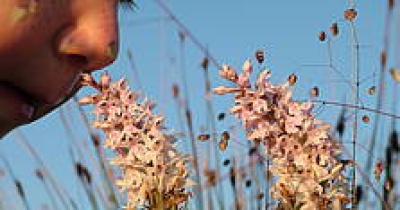Hawthorn (All About)
The hawthorn is also known as the whitethorn or the May bush. It is a native Irish tree and is found commonly in hedges all over Ireland. Leaves come on the hawthorn tree in the month of April. This is followed by bunches of creamy white, musky smelling flowers in May — the May blossom. These lovely flowers attract copious numbers of insects. The bees gather pollen and nectar from them and in doing so fertilise the flowers. By late summer the berries are beginning to form.
Read moreRead lessThe berries are called haws and are bright red when ripe. Each berry
contains a hard stone which is the seed. Hawthorns rely on birds to eat their
berries in order that new hawthorn trees can grow. Birds, who have no teeth,
must swallow the berries whole. They can digest the soft berry food surrounding
the stone but the stone itself is too hard to be digested. They excrete the
stone in their droppings and it then can germinate and a new hawthorn tree can
grow. Hawthorns are small trees, which rarely grow taller than 15 metres high.
Because they have thorny branches and adapt well to being trimmed and lopped,
they are very frequently planted as hedge boundaries along the edges of fields.
When kept trimmed and bushy they are good stock boundaries so many of our Irish
fields are bounded with hawthorn hedges, and May blossom is a glorious sight at
that time of year.
Hawthorn will also grow as lone trees too and there is a great deal of superstition attached to such trees. It is said that such trees were beloved of the fairies and that very bad luck would befall anyone who chopped one down. People believe this to this very day and are very reluctant to remove lone hawthorns. This bad luck also attaches itself to the flowers — it is believed that death will follow if they are brought indoors.
The smell of the blossoms indoors is associated with the smell of dead tissue because actually the same chemical is present in both cases — so maybe the old wives’ tale had something going for it! Hawthorn trees are also associated with holy wells. Offerings are often left on the trees and the water in the well taken for cures. Such customs go right back to pagan times two millennia ago. Being native trees, hawthorns contain a great variety of insect life. In particular, the hawthorn shield bug is a common inhabitant and can easily be dislodged by shaking the tree into an upturned umbrella.
Things to do
1. Read the book Under the Hawthorn Tree by Marita Conlon-McKenna.
2. Bring in the class out to find hawthorn trees in the local hedge. Study the tree throughout the year — noting when the leaves open, when the blossoms are out and what the haws are like. Gather haws and plant the stones to germinate new trees.
